Coca-Cola was first introduced in 1886. Pepsi appeared seven years later, in 1893. The most famous rivalry in the soft drink business really heated up in the 1930s, when Pepsi offered a 12-oz. bottle for the same 5¢ as Coca Cola’s six ounces.
The Coca Cola Company’s flagship brand had a 60% share by the end of WWII, but that declined to less than 24% by the early 80s. Most of the difference was lost to Pepsi and their “Pepsi challenge” blind taste test promotions, of the late 1970s.
Coca Cola’s 1985 introduction of “New Coke” has been described as the “marketing blunder of the ages” but, what really turned business rivalry to blood feud, was when Pepsi bought it’s own navy.
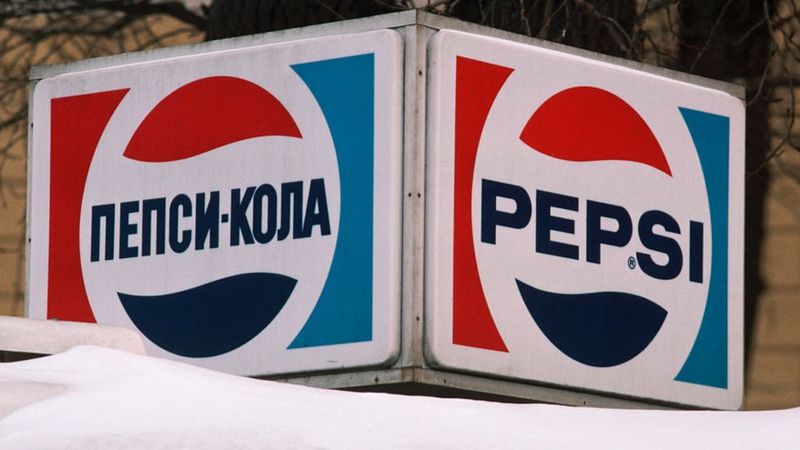
Alright, it didn’t happen quite that way but, still. The company did have its own navy. Not a little one, either. In 1990, Pepsi owned the 6th largest navy, in the world.
Permit me to rewind, just a bit. The “Cold War” experienced a period of thaw in 1959. Chairman of the Council of Ministers Nikita Kruschev came to visit President Eisenhower in the White house, and the two agreed on a bit of cultural exchange. A display of each civilization for the benefit of the other’s citizens.
So it was the American National Exhibition came to Moscow in the summer of 1959 followed by a Soviet display, in New York.
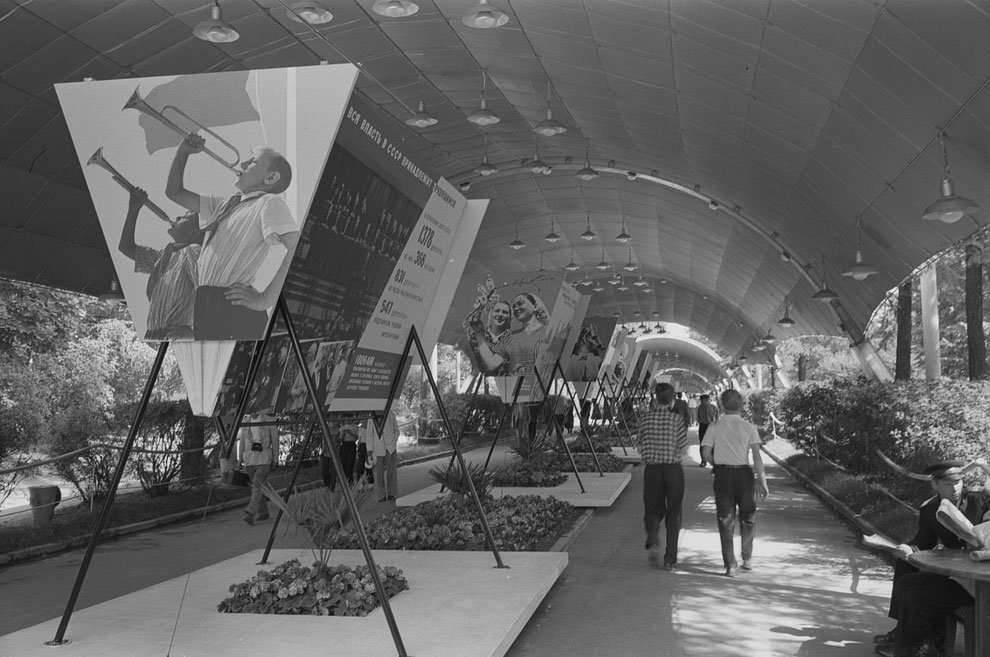
An argument broke out between Vice President Richard Nixon and Leader Kruschev, over the benefits of Capitalism vs Communism. A heated debate really, it was July, and the Soviet leader looked thirsty.
Pepsi Cola VP Donald McIntosh Kendall thought it was a swell idea, to offer the man a Pepsi. That’s Kendall, pouring, below. That drink was a propaganda coup, the image itself a victory, so much so that on this day in 1959…nothing happened. The “Sound of Music” opened on Broadway. I don’t know, maybe they were all distracted, but one thing is certain. Nikita Kruschev loved him a Pepsi
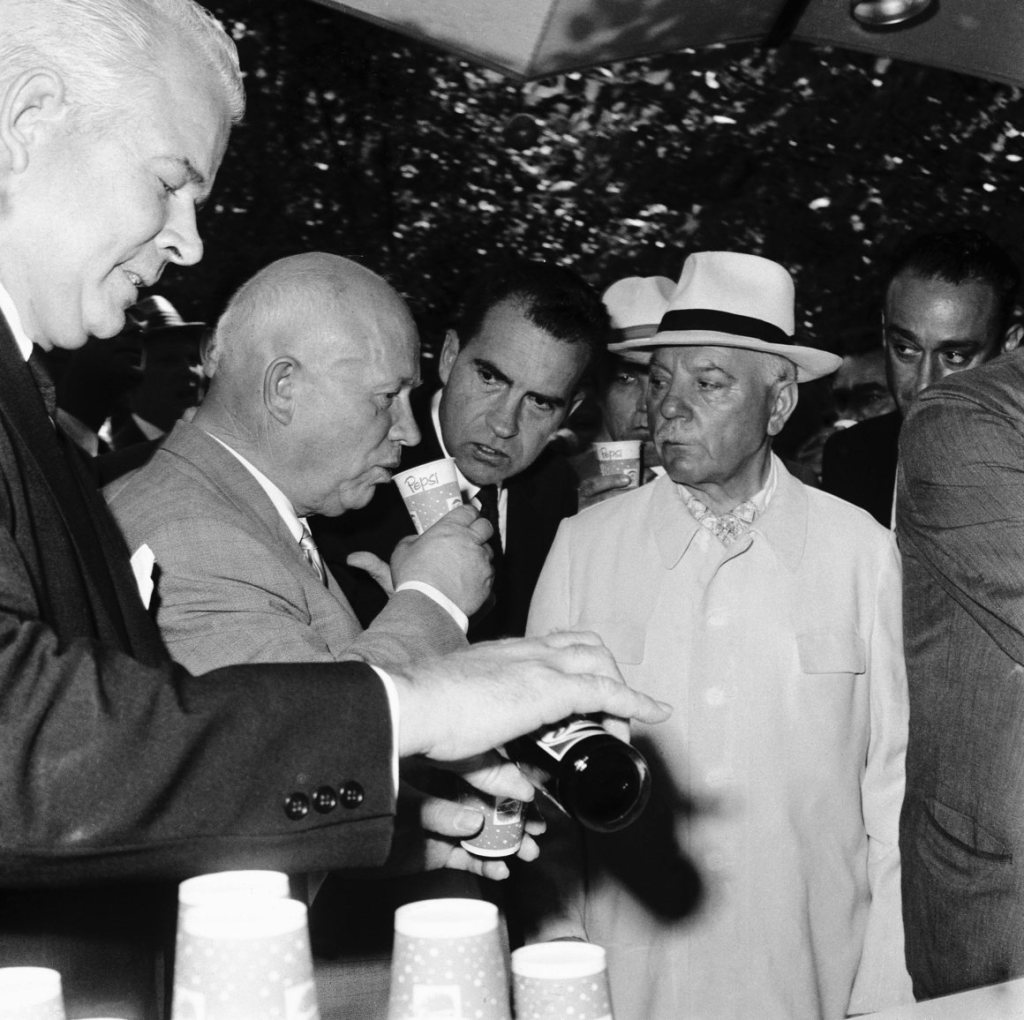
The exhibition opened the way to the Soviet market for several American companies including IBM, Dixie-cup, Disney and…you got it…Pepsi. That image was a coup for Kendall as well. Within a few years he was CEO and, in 1972 Pepsi negotiated an exclusive marketing agreement, for the Soviet consumer. Coke was out. Pepsi was in. It was the first popular consumer product to make its way to the soviet consumer, a market which would come to be worth $3 Billion, with a capital “B”.
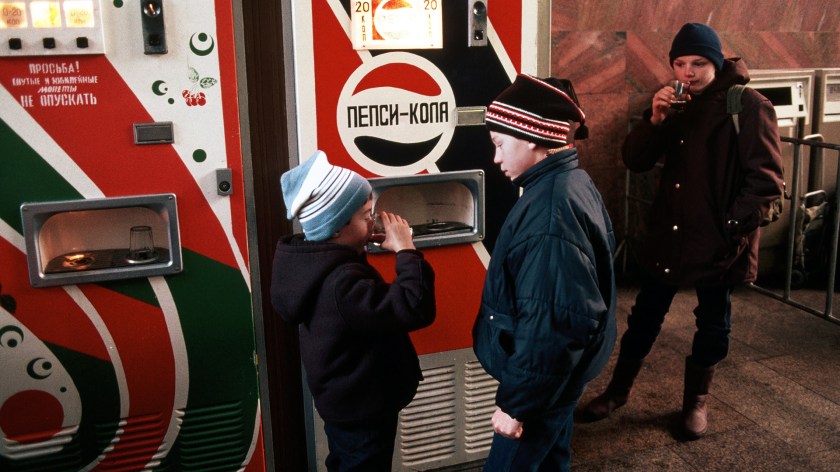
There was a problem however, in the form of payment. The Ruble was no good on the international currency exchange. There had to be a more…umm…liquid form of transfer.
Vodka.
The Russians had tons of the stuff, and so it was agreed. Pepsi would be transferred in exchange for…Vodka.
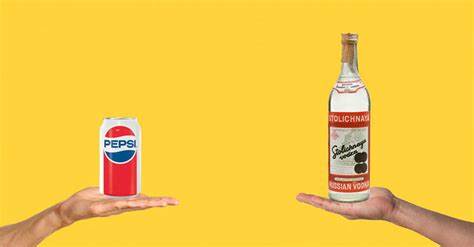
The system worked so nicely that “Stoli’s” become a household word but, by the late 80s, it was time to renegotiate. Pepsi had 20 bottling plants on Soviet soil. Vodka wasn’t about to pay for all that. Did I mention the USSR was a $3 Billion market for sugary, bubbly water?
It happened by this time, the Soviet Union was looking to get rid of surplus equipment from the Cold War, including a Destroyer, a Cruiser, 17 Submarines and a Frigate.
So it was, at least for a time, Pepsi became owner of the 6th largest navy, on the planet.
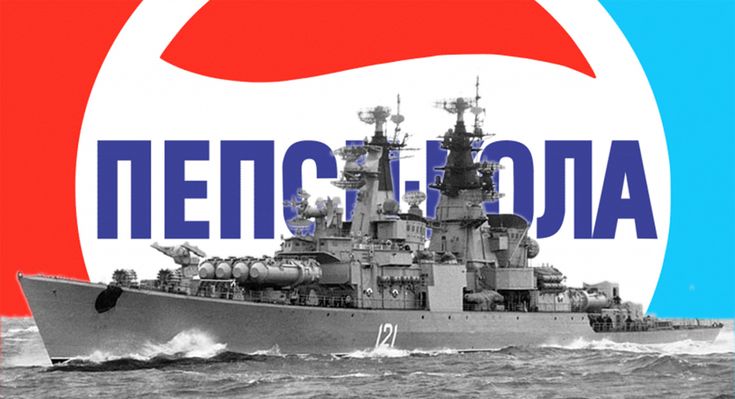
Lucky for Coke, the Cola Wars were destined to remain cold. Ice cold. The Pepsi Fleet was sold to a Swedish outfit, for $3 Billion worth of scrap. Donald Kendall left this world on September 19 of this year but we must give him the last word, in this story.
According to his New York Times obituary Kendall once quipped to Brent Scowcroft, National Security Advisor to President George H. W. Bush: “We’re disarming the Soviet Union faster than you are”.

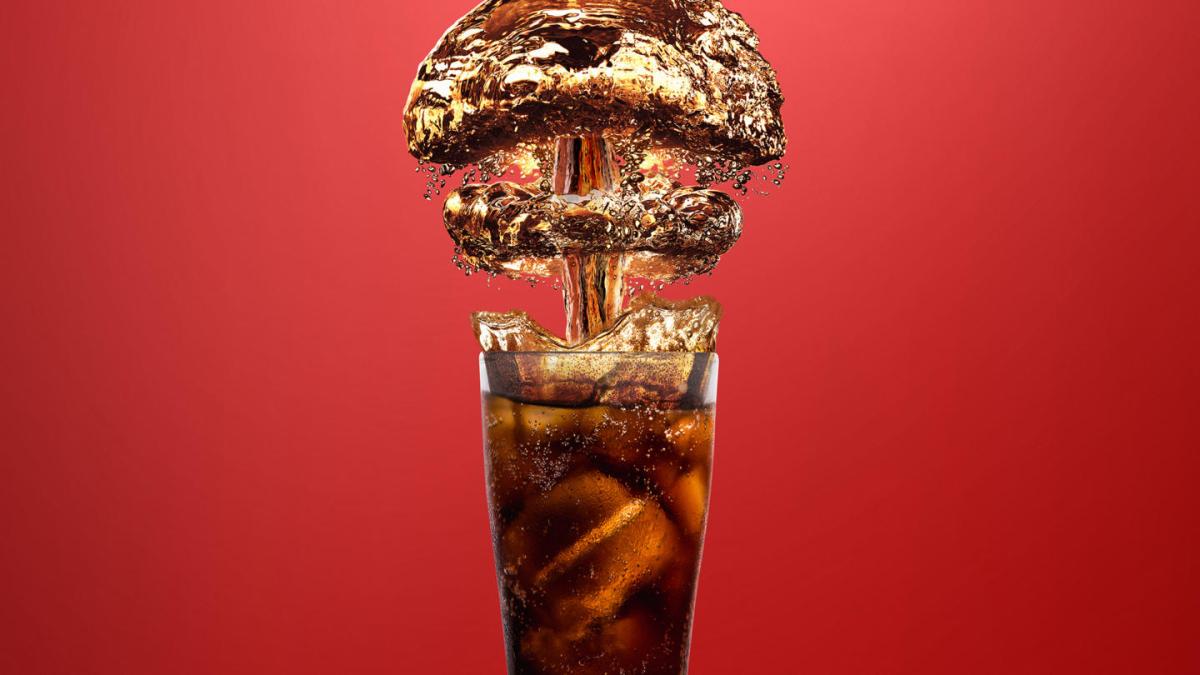

You must be logged in to post a comment.